How Long Does A Business Take To Be Profitable
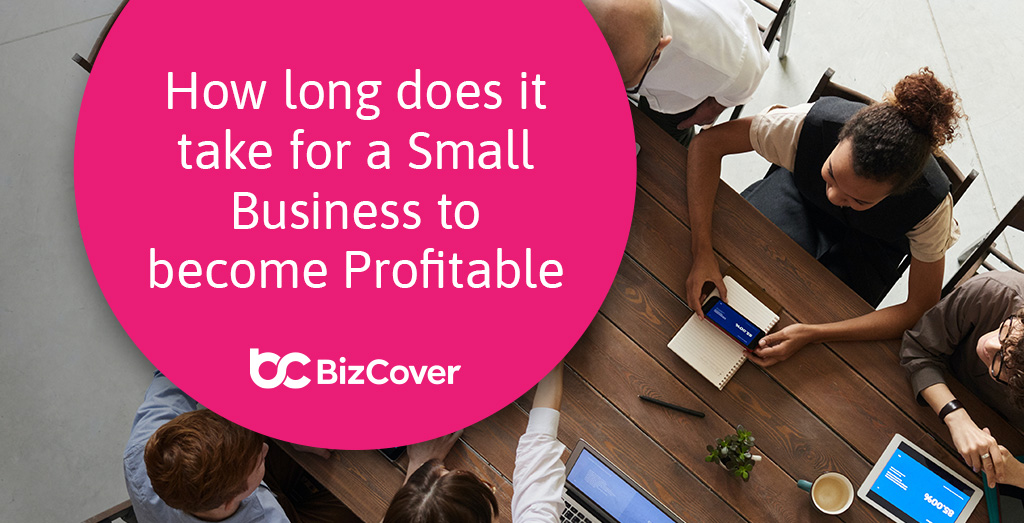
Imagine the scent of freshly brewed coffee mingling with the crisp aroma of new paper. Sunlight streams through the window of a cozy bookstore, its shelves stacked high with literary treasures. A vibrant tech startup pulses with the hum of innovation, fueled by passionate entrepreneurs huddled around monitors. Each business, a dream taking shape, but a burning question lingers: how long until it thrives?
The path to profitability for a new business is rarely a straight line. While aspirations run high, the reality often involves navigating unexpected challenges, adapting to market demands, and managing resources effectively. This article explores the factors influencing the timeline to profitability, offering insights into how businesses can accelerate their journey towards financial sustainability.
Understanding the Variables
There is no one-size-fits-all answer to the question of when a business will become profitable. According to the Small Business Administration (SBA), many businesses take 2-3 years to become profitable. However, that’s a broad estimate, and a myriad of factors can either shorten or lengthen that timeframe.
Industry plays a significant role. A tech startup with high initial investment and a longer development cycle might take longer to turn a profit compared to a service-based business with lower overhead costs. A restaurant might see quicker revenue but face higher operating expenses and competition.
The initial funding model also matters. Businesses bootstrapping with personal savings might be more cautious and prioritize early profitability. Venture-backed startups, on the other hand, may prioritize growth and market share over immediate profits, reinvesting heavily in expansion.
Key Factors Influencing Profitability Timeline
Market research and planning are paramount. Thoroughly understanding the target audience, competitive landscape, and market demand is essential for making informed decisions. A well-defined business plan can help businesses anticipate challenges and optimize resource allocation.
Effective marketing and sales strategies are crucial for attracting customers and generating revenue. Building brand awareness, establishing a strong online presence, and implementing targeted marketing campaigns can significantly impact the speed of customer acquisition.
Efficient operations and cost management are equally important. Streamlining processes, optimizing supply chain management, and carefully monitoring expenses can improve profitability and ensure financial stability.
"Profit in business comes from repeat customers, customers that boast about your project or service, and that bring friends." - W. Edwards Deming
The quality of the management team is also critical. Strong leadership, a clear vision, and the ability to adapt to changing circumstances can make or break a business. A team with diverse skills and a shared commitment to success is essential for navigating the complexities of running a business.
Strategies for Accelerating Profitability
Focusing on customer satisfaction is fundamental. Happy customers are more likely to become repeat customers and recommend the business to others. Providing excellent customer service, building strong relationships, and soliciting feedback can foster customer loyalty and drive revenue growth.
Embracing innovation and continuous improvement is key to staying ahead of the competition. Regularly evaluating processes, exploring new technologies, and adapting to changing market trends can improve efficiency and identify new opportunities for growth. Seeking out feedback and mentorship from experienced entrepreneurs can provide valuable insights and guidance.
Building a strong brand identity can also help attract customers and differentiate the business from competitors. Developing a unique brand message, creating a visually appealing brand identity, and consistently delivering on brand promises can build trust and loyalty.
Accurate financial forecasting and careful cash flow management are essential for maintaining financial stability. Tracking income and expenses, projecting future cash flows, and making informed financial decisions can prevent cash flow problems and ensure the business has the resources it needs to grow.
A Marathon, Not a Sprint
The journey to profitability is rarely a sprint, but a marathon. It requires patience, perseverance, and a willingness to adapt to changing circumstances. By focusing on providing value to customers, managing resources effectively, and continuously improving their operations, businesses can increase their chances of success and achieve long-term profitability.
So, as the sun sets on that bookstore, and the tech startup team finally heads home, remember that building a profitable business is a process. It's a journey filled with challenges, but also with immense rewards. The key is to stay focused on the vision, learn from the setbacks, and never give up on the dream.
![How Long Does A Business Take To Be Profitable 20+ Must-Know Startup Statistics [2023]: Average Time to Reach](https://www.zippia.com/wp-content/uploads/2021/10/how-long-does-it-take-for-startups-to-be-profitable.png)
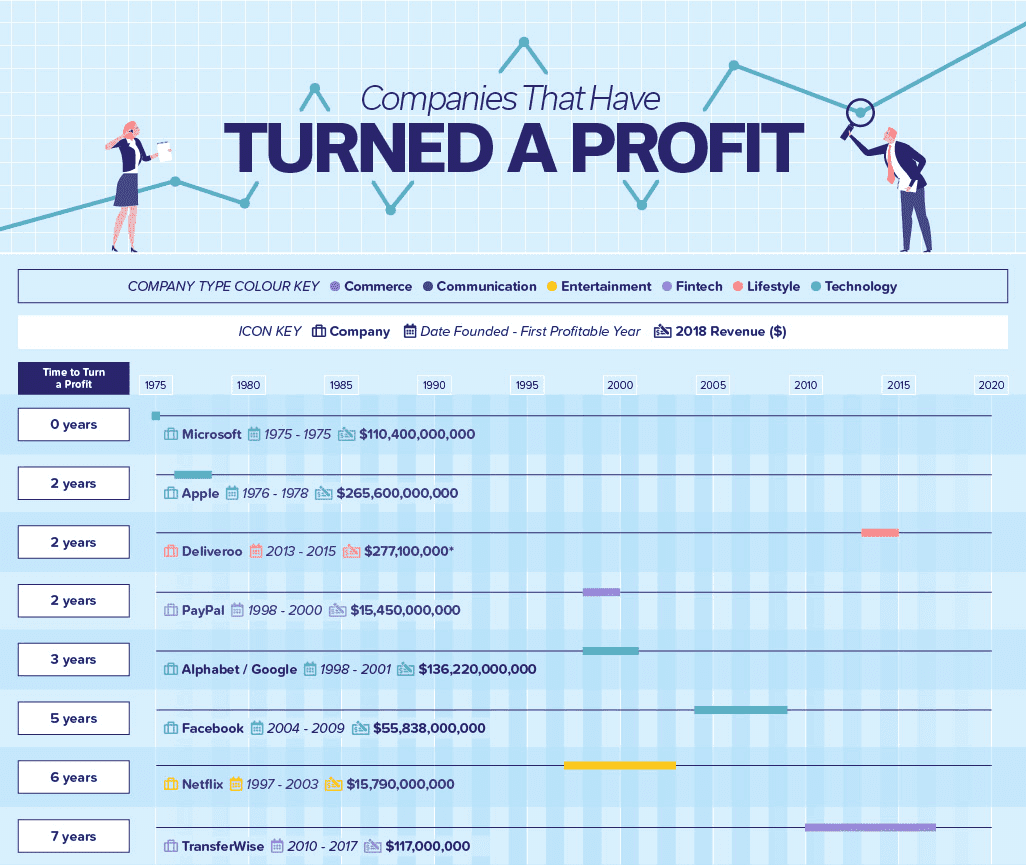

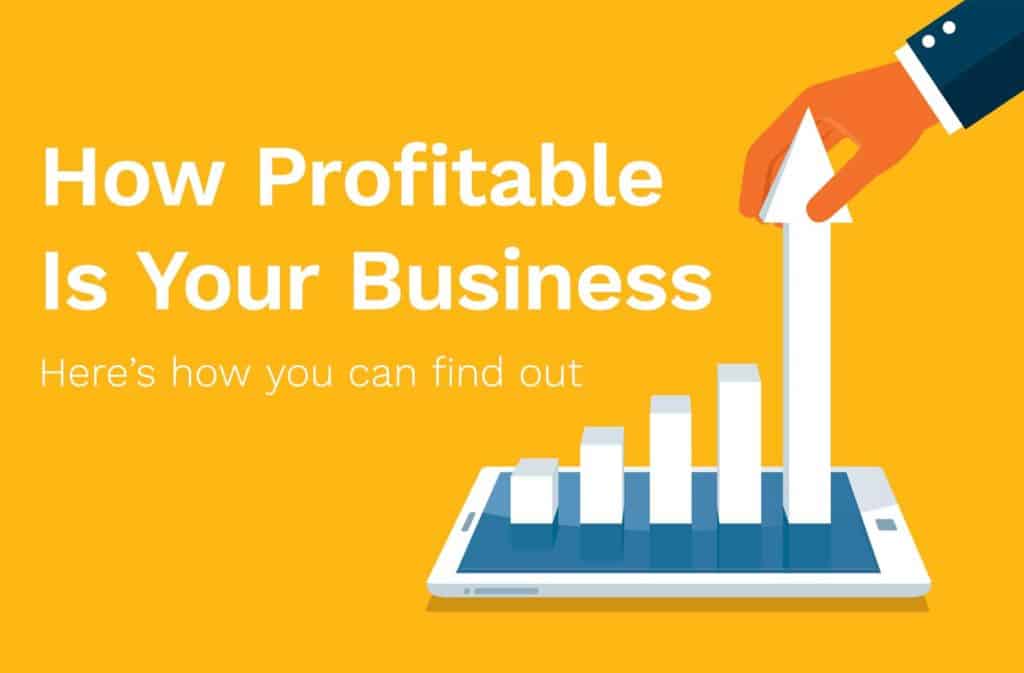
![How Long Does A Business Take To Be Profitable 20+ Must-Know Startup Statistics [2023]: Average Time to Reach](https://www.zippia.com/wp-content/uploads/2022/02/startup-failure-rate-by-time-in-business.jpg)





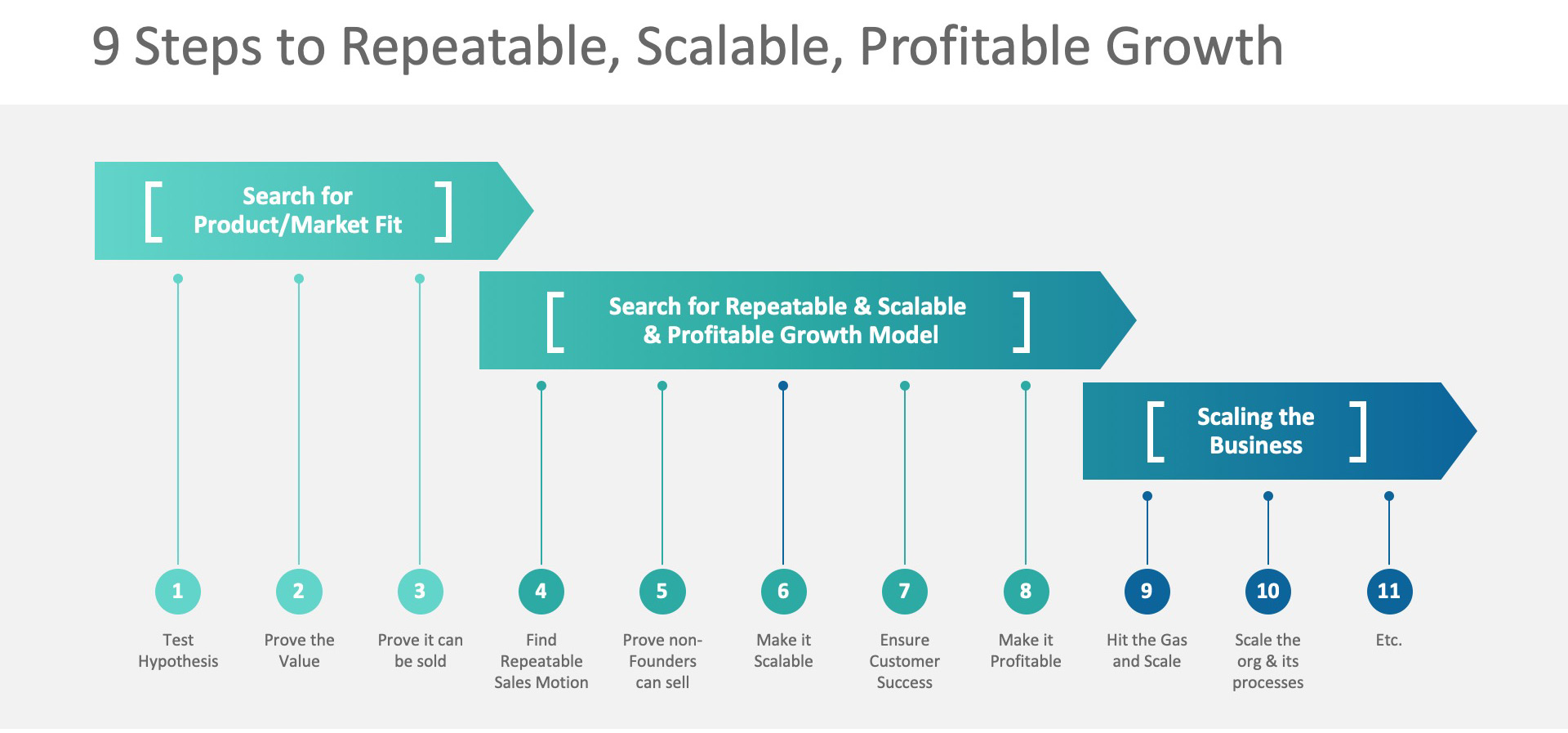

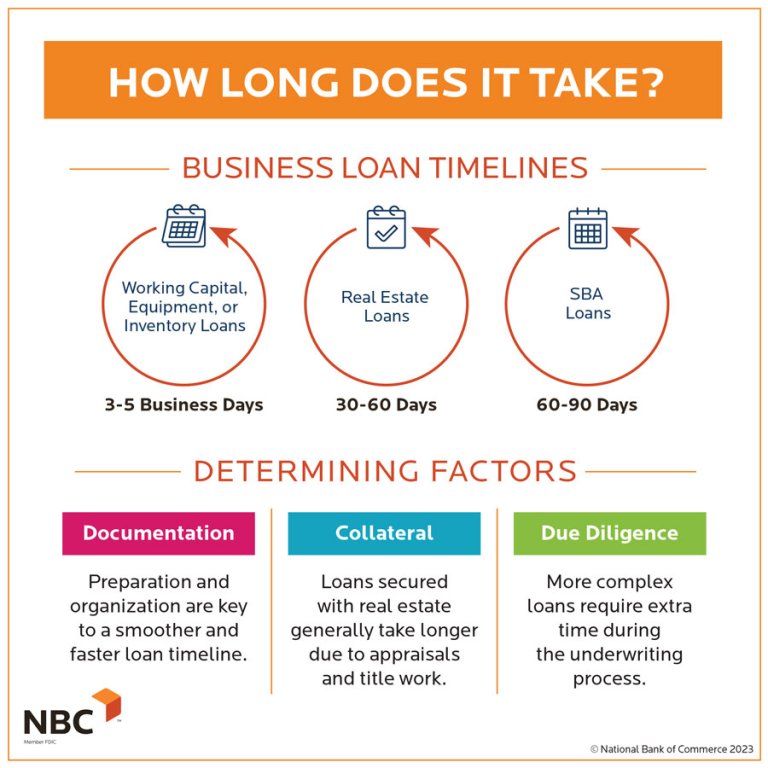


![How Long Does A Business Take To Be Profitable How Long Does It Take to Become A Profitable Trader? [6 Golden Rules]](https://fxtradinger.com/wp-content/uploads/2021/05/Modern-Green-Public-Speaking-Education-Infographic.png)


